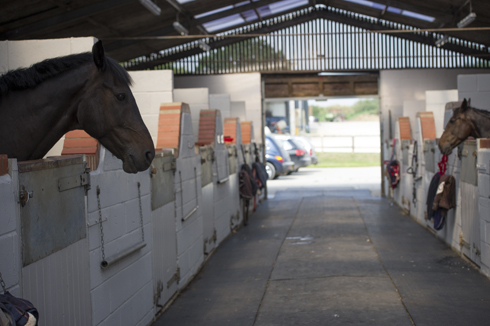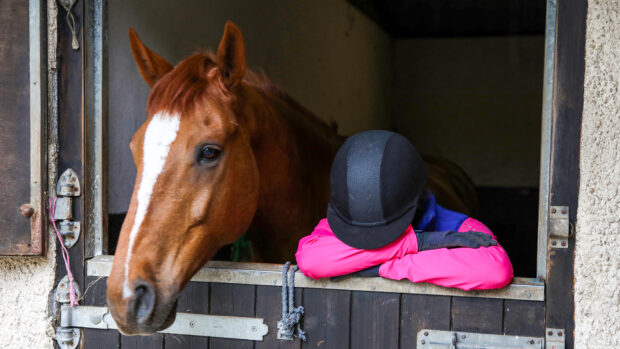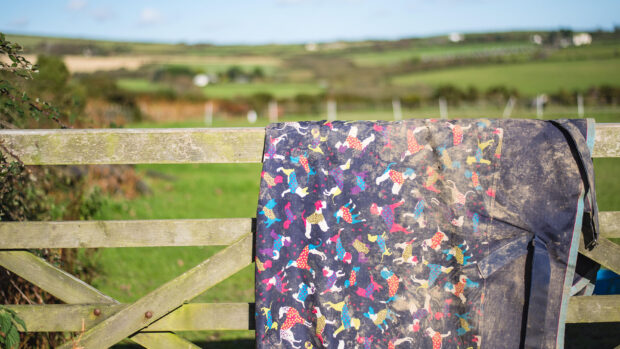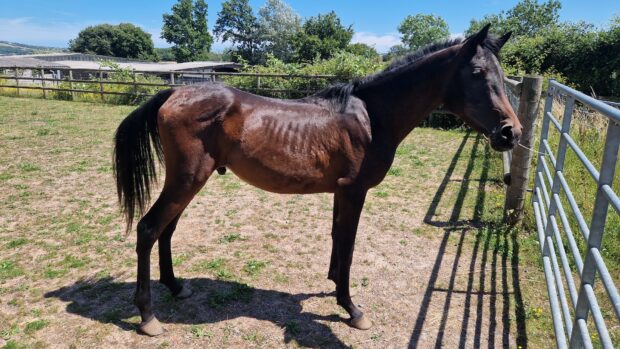THE true cost of keeping a horse must be appreciated by livery yard owners and clients now more than ever, if businesses are to survive.
This is the message from across the industry, which has been as much affected by recent price increases – as any other – but which had existing issues to deal with.
Cheryl Johns, who set up yard directory Livery List followed by an online support group for yard owners, told H&H businesses are facing huge and varied challenges.
“I work with thousands of yard owners across the UK and have done for many years and know that now, more than ever, there is an unavoidable level of concern around the future of this industry,” she said.
Ms Johns said the soaring cost of everything from electricity to bedding means yard owners have to increase prices to remain viable. But as there is no regulation or licensing of livery yards, reputable businesses that do everything by the book are competing with others that may not, and so can offer much lower prices. Ms Johns is concerned about the possible welfare implications of cut corners.
“There are yards that may not pay business rates, or have the right insurance, or do the right maintenance, so maybe aren’t as affected by price rises,” she said. “So liveries are handing in notice at the decent yards to go to the cheap ones, and many good ones are closing or on the brink of it, because they can’t do it.”
Ms Johns added that some owners do not appreciate how much it costs to keep horses; not only bedding, forage and feed, but everything else from insurance and rates to the cost of muckheap removal, fencing – and good staff. She added that many yard owners do not calculate, or update, what their costs are, and so what they should charge to make profit – which every business needs to survive.
“Many are subsidising their liveries,” she said. “Unfortunately, a lot of yard owners aren’t business people, they’re horse people, and they don’t know how to cost a business. I put up a guide to likely costs, and so many people have done it and realised they were in effect paying people to keep their horses there.”
Christine Shubrook of Thundry Farm Livery & Training Yard in Surrey told H&H she has three “full livery” packages offering different services. She has had to put the cost of her middle package up from £256 to £420 per week – but this only makes her £20 per horse.
“I look at others’ prices and think how are they doing that, are they doing magic!” she told H&H, adding that when she told her clients of the increase, some said they could not afford it.
“I said that was ok as I couldn’t afford it either; I can’t afford to pay for other people’s horses,” she said. “Other businesses put a 50% mark-up on products; can you imagine if I put that on my costs? I charge for maintenance and depreciation of equipment but nothing for my yard management, and I worked out it costs me £400 per week, per horse.
“Horses aren’t cheap and if you can’t do it yourself you have to pay someone to do it. And that person has to make a profit or they can’t do it. People say it can’t cost me that much, and I wish it didn’t.”
Elaine MacDonald, of Thornhill Stables in Ayrshire, told H&H she had been looking at doggy daycare locally, for which people pay £20-27 per day, from 9am-5pm.
“The owners supply food and you need a 1-2m space per dog to get a licence,” she said. “You don’t have to do fencing or pasture management, or have the staff I have, and the dogs go home at 5pm. Horses are 24/7.”
She agreed that the number of cheap but unregulated yards is an issue and there could be welfare risks, adding that at the costs charged by some yards, “they can’t be doing it correctly and making money”.
She added, as an example of her costs, that it takes £6,000-7,000 per year for field maintenance and that her insurance has increased from £2,000 to £8,500 in the past 15 years.
“In summer, when the horses are out, we can sometimes recoup a bit, but that’s of the costs in the winter, I’m not going to Barbados for a month,” she said. “That’s why I’m starting to look at other ways of making money from the land. I have a fabulous yard manager, which lets me have another business that makes money. It’s rare that an exclusively livery business makes money, which is sad as then people will end up at a £30 a week yard where welfare is a major issue.”
Equestrian Employers Association president Tullis Matson said yards faced a tough enough time even before the recent cost increases.
“So they’re going to face the effects even harder, and that’s what’s worrying,” he said. “With a business, you’re meant to put costs up every year in line with inflation, but we know that doesn’t happen often [in livery yards], so when inflation goes up this much it hits them even harder. I worry about employees too because they’re the ones who could suffer because of this.”
Tullis has said before that both owners and yards need to be aware of the costs involved and charge and pay accordingly.
“Yard owners have to understand they need to make a profit and horse owners have to be realistic about how much it costs,” he said. “Hopefully if they do, that will help, and filter to employees, as they’re such an integral part of our industry.”
You might also be interested in:

Rising bills and winter on its way: how cost of living crisis is hitting the horse world

9 ways to save money on your horse’s bills

‘It’s a false economy’: owners urged not to scrimp on horse care as cost of living crisis continues

Subscribe to Horse & Hound magazine today – and enjoy unlimited website access all year round
Horse & Hound magazine, out every Thursday, is packed with all the latest news and reports, as well as interviews, specials, nostalgia, vet and training advice. Find how you can enjoy the magazine delivered to your door every week, plus options to upgrade your subscription to access our online service that brings you breaking news and reports as well as other benefits.




